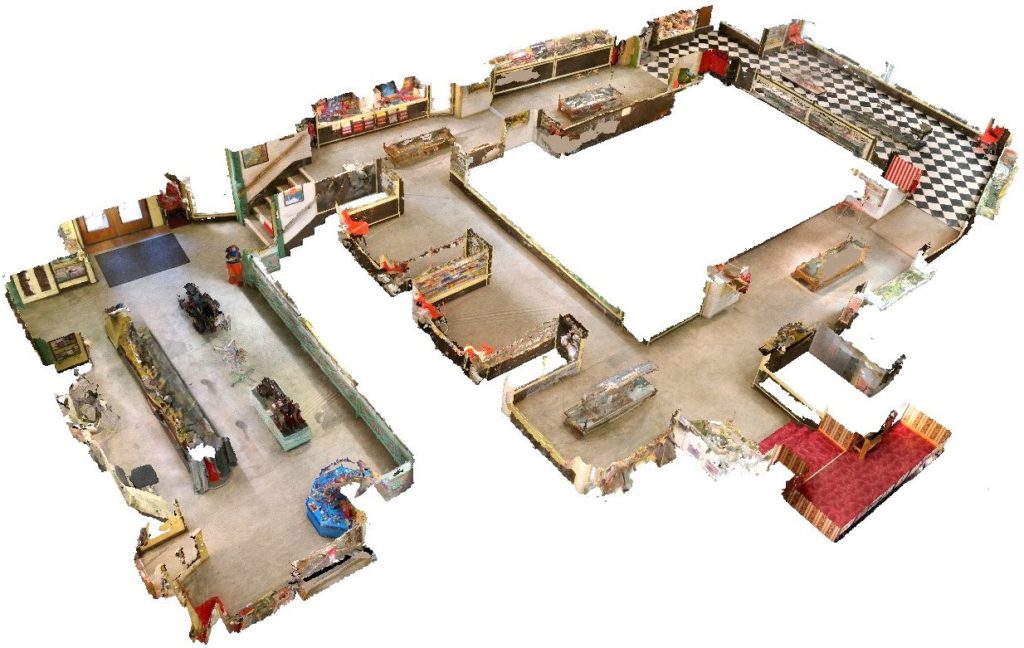
The Victorian arches housing the Museum were built in the early 1840s, shortly after the completion of the London-to-Brighton railway line, and of Hove architect David Mocatta’s station building, in 1841.
The original access to the station was up Trafalgar Street, then up a two-stage ascent to the station level via a Cab Road built onto the station’s East side, then out through the front of the station and back down Trafalgar Street. The upper part of Trafalgar Street was originally too steep for horsedrawn carriages to ascend, and the upper part of the road from what is now the Clock Tower was extended and raised in height to be able to reach the level of the new station, creating Queens Road. This required a bridge across the top of Trafalgar Street, and the new cellars now housing the Museum created a base for this bridgeway.

The upper three arches housing the main museum were originally used as storage for beer barrels (the white painted arch crests still bear a red upright triangle, the UK’s first-ever registered trademark, for the Bass brewery). The area that’s now the museum lobby was a space for a horsedrawn brewer’s dray to load up with barrels via a ramp, and the four offshoot spaces that are now the Museum toilets, kitchen, offices and resource room were stables for the horses.
The half-arches above these spaces were used for storing hay for the horses, which was pitched down through square holes in the stable arches.
When Chris Littledale and his friends found the site ~1990, it was abandoned, dilapidated, and in a very sorry condition, but after a massive effort that involved stripping the contents back to the original Victorian brickwork. levelling floors, putting in steps, and installing electrics and plumbing (and of course the little job of installing all the display cabinets and Chris’ precious gauge 0 layout from the Engineerium), the space was successfully converted into a museum and opened in 1991.